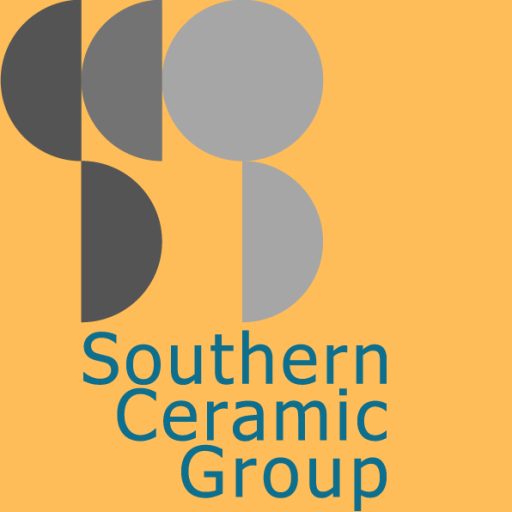Online Talk – 1st June 2021, 7-8.30pm
Matthew Blakely

There is no other creative process that is quite as intimately linked to and dependant on the geology of place than ceramics. This is beautifully illustrated in the distinctive aesthetics that developed in high fired Chinese and Japanese ceramics, where the characteristics of pots from particular places derive from the chemistry of clays and rocks found there.
Britain has a wonderfully varied geology, from the clays and sands that are being laid down in the present, to the Lewisian gneiss in the Outer Hebrides, which at up to 3 billion years old is one of the most ancient rocks on the planet. Looking at the geological map, bands run from the South West to the North East. The sediments that have been deposited over millions of years have been tilted sideways and eroded, exposing their edges, so that the age of the bedrock increases as you travel from East to West. Complicating this dramatically are multiple fault lines, intrusions of much older rocks, the actions of several ice ages, and the fact that England and South Wales originated from a different landmass to Scotland and North Wales. The consequence of this is a complex geology where, if you stick a pin in a map of the country, most places tend to have quite a varied selection of rocks and deposits.
At stoneware temperatures the entire geology of a place opens up to glaze formation. Nearly every rock and clay melts, though typically into an unpleasant dark brown sludge. The time consuming work really begins now: crushing the rocks in a steel mortar and pestle and milling them to powder, then countless tests to find the blends of rocks that create a beautiful glaze. This is not a process for someone who wants quick results.
The pieces that I make illustrate another way of looking at these materials and the colours and textures that they are capable of producing in the kiln: inspiration coming from the materials themselves, the qualities that they develop in firings and the places that I have collected them from.
I work with a wide range of different rocks and clays, using firing types and temperatures that bring out the best in them. Increasingly my approach becomes simpler and simpler, taking ceramics back to its essence. I use these materials as unrefined as possible, blending together rocks from specific places to produce glazes that are entirely coloured and textured by the mineralogy of these locations.
This work is fired in my wood kilns using waste wood that has grown where I live in Cambridgeshire. The firing itself transform these glazes producing exceptional qualities that would be impossible to achieve in any other way. That is what makes this work unique.
To participate, please enter your name and email address in the form at the bottom of this page and press the “Enrol” button. You will then receive an email from Zoom inviting you to join the meeting shortly before the event.
Whilst we encourage as many people as possible to participate in the live event, if you cannot make it, or want to see it again, a link to a recording of the talk will be circulated shortly afterwards. It will be available on YouTube as a private video until the end of the month only.
If you are new to Zoom, there are also extensive help pages and videos on the Zoom web site.
